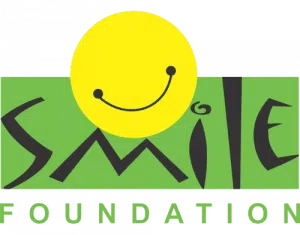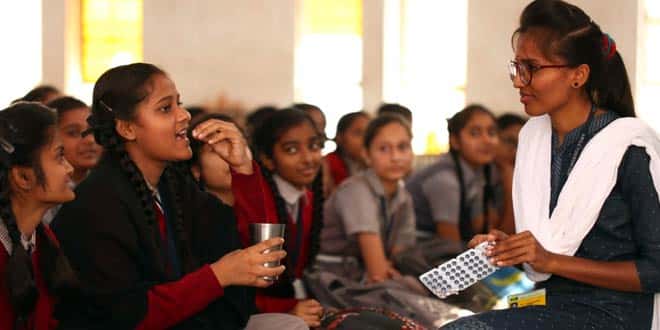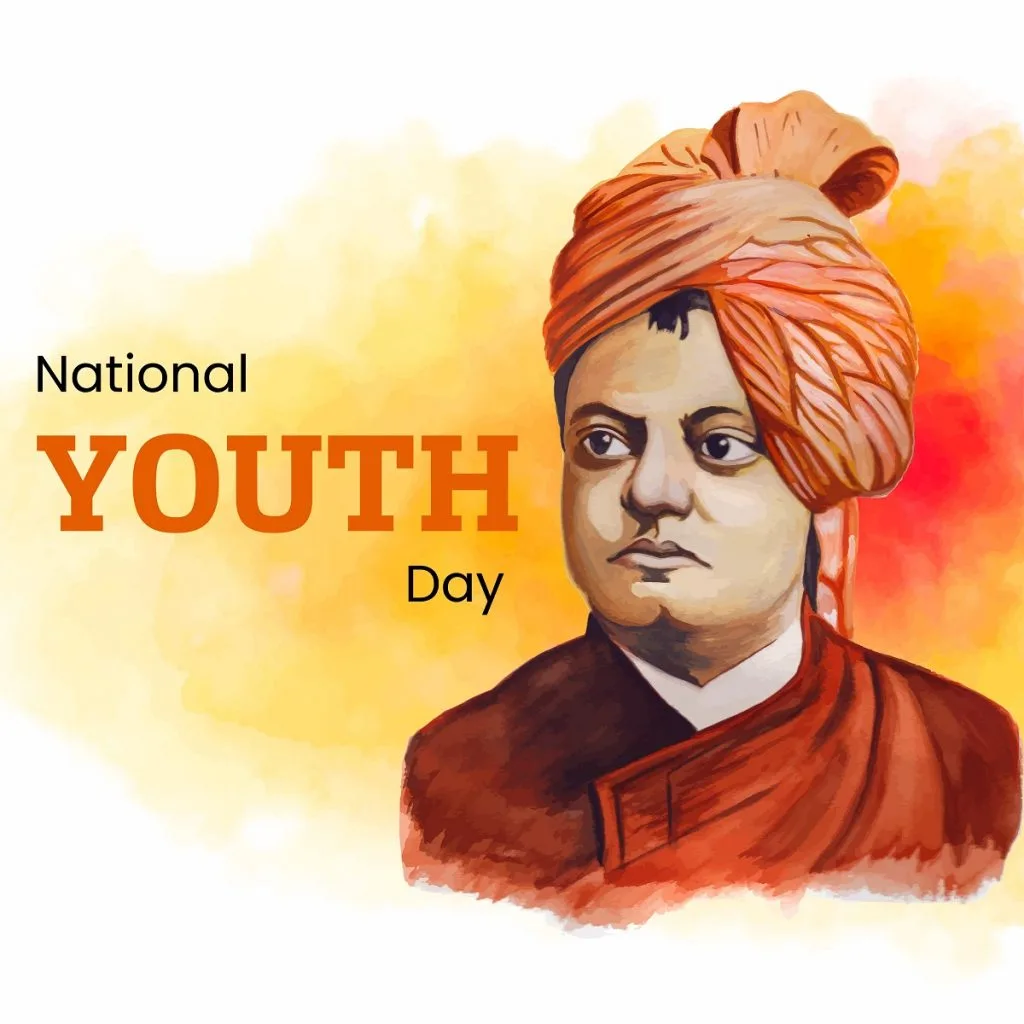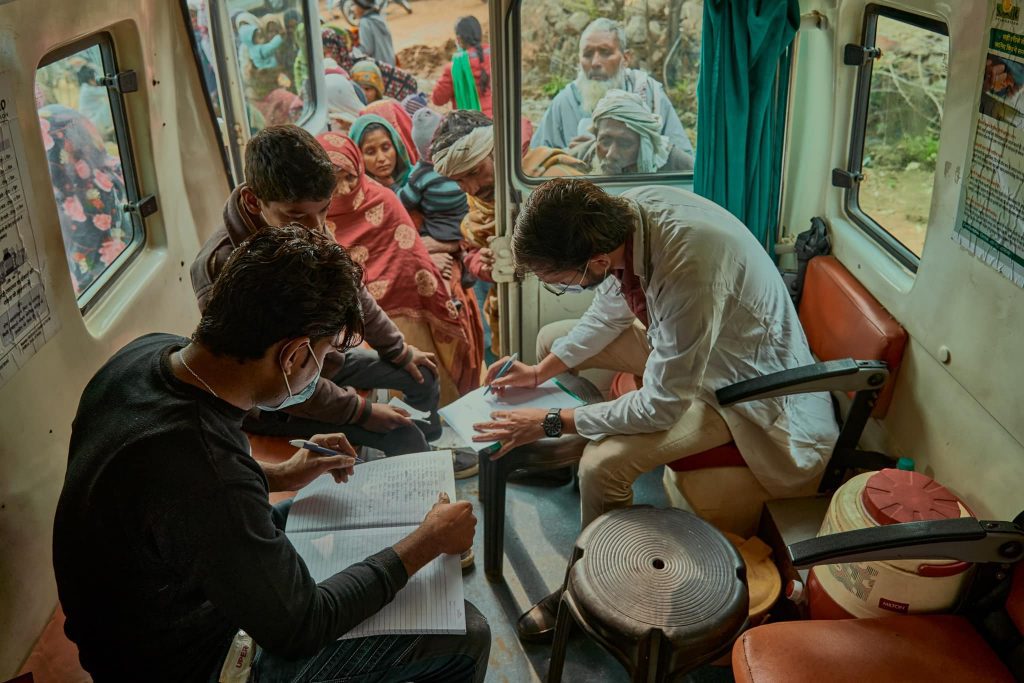In a country where 253 million adolescents—the largest adolescent population in the world—are navigating the most formative phase of their lives, nutrition is a development imperative moving beyond the margins of a health issue. When we talk about transforming India’s future, we must start by nourishing it—especially the girls.
Yet, the numbers tell a different story. According to Smile Foundation’s baseline study in Banaskantha, Gujarat, 78% of adolescent girls were anaemic, with 50% suffering from moderate anaemia and 13% facing severe deficiency. This isn’t an isolated case—it reflects the national trend, where 56% of Indian adolescent girls are anaemic, as per UNICEF. These girls are not just individuals grappling with fatigue, irregular periods, or developmental delays. They are India’s potential scientists, teachers, farmers, entrepreneurs—building blocks of a nation trying to find its demographic dividend.
Why adolescent nutrition matters more than ever
Adolescence is the second most critical window in human development after early childhood. Nutritional interventions during this phase can permanently alter cognitive ability, reproductive health, academic performance, and economic productivity. Unfortunately, adolescent girls—especially those from rural or marginalized communities—are often invisible in health and policy frameworks. They eat last. They eat least.
The Nutrition Enhancement Programme led by Smile Foundation in Amirgarh block of Banaskantha district is a powerful model of what works when adolescent health is taken seriously. Targeting over 1,000 girls (aged 14–19), the project tackled not just anaemia, but also food diversity, hygiene, menstrual health, and self-esteem—components that are too often treated in silos.
The programme’s multi-pronged approach involved:
- Distribution of 64,896 iron and folic acid (IFA) tablets
- Weekly distribution of over 130,000 laddoos fortified with essential nutrients
- Establishment of 617 community and 397 individual kitchen gardens
- Distribution of 18,912 sanitary napkin packets
- Over 4,700 home visits and 1,000+ meetings with frontline health workers
- Skills training in sewing, baking, and food processing for 300+ girls
These are investments in human dignity, delayed motherhood, greater school attendance, and a community that starts seeing its girls as assets, not burdens.
The local lens: What Banaskantha taught us
Banaskantha is the second-largest district in Gujarat, with 7.7% of girls aged 15–19 already mothers or pregnant. In one of the most integrated community-led campaigns in the region, 1110 education sessions were held on nutrition, hygiene, reproductive health, and self-care. The topics were adapted with cultural sensitivity and delivered by trained peer educators and local NGOs.
A key insight from the programme was that only 17.6% of girls were attending school, and most dropped out after Class 6 or 8. Many had never heard of anaemia, let alone been tested for it. By distributing IFA tablets and educating girls about their purpose, Smile Foundation turned pill consumption from a “suspicious” act into an empowering daily habit. A mother, during a focus group discussion, said: “We were told the tablets would make them infertile. Now we know they’re making them stronger.”
Menstrual hygiene—long cloaked in silence—also emerged as a public health success. Even girls who had not attended sessions began using sanitary napkins after mothers were sensitized. School absenteeism during menstruation dropped. So did the hours girls spent collecting water and performing household chores—liberating them, quite literally, to learn and grow.
The global context: What the world can learn from Banaskantha
Globally, nutrition is having a renaissance moment. The Lancet Series on Adolescent Health calls this group the “pivot generation”—simultaneously inheriting and shaping future health trends. Interventions at this age have been proven to yield a 10x return on investment in terms of life outcomes.
In Kenya, the “Nourishing Minds” programme combines school meals with reproductive health education, seeing a 20% increase in school retention. In Peru, a conditional cash transfer model linked to iron-rich food baskets and mother-daughter check-ins helped halve anaemia rates in rural regions. And, in Bangladesh, BRAC’s adolescent clubs serve as nutrition hubs and safe spaces—building agency and awareness through peer learning.
What makes Banaskantha’s case unique is that it combines IFA supplementation with food-based approaches like laddoo distribution and kitchen gardens respecting local dietary practices and leveraging them for systemic change.
Development as dignity, not charity
If there’s one thing Smile Foundation’s work underscores, it’s this: development must be about restoring choice and voice, not just delivering services. It’s why community engagement was baked into every layer of the programme—from training 36 peer educator groups, to conducting 180 cooking competitions, to creating 367 healthy recipes with locally sourced ingredients.
In development circles, we often discuss “scalability” as if communities are homogenous. Banaskantha reminds us that scaling isn’t about replication—it’s about adaptation. What works in Gujarat might need different tools in Assam or Uttar Pradesh. But the core principle holds true: when adolescent girls are nourished—in body, mind, and spirit—they break generational cycles of poverty, malnutrition, and gender inequality.
The way forward: Systems, not slogans
India has made impressive strides through programmes like Poshan Abhiyaan and Anaemia Mukt Bharat. But without adolescent-specific frameworks, the cycle of undernutrition will continue. According to NFHS-5, 45% of girls aged 15–18 still have a BMI below 18.5, and many don’t know why their energy, periods, or growth feel “off.”
Smile Foundation’s Banaskantha model has the potential to inform national policy on three fronts:
- Integration: Embed adolescent nutrition within school curriculums and community health efforts.
- Gender sensitivity: Treat girls not as passive recipients but co-creators—training them as educators, entrepreneurs, and health ambassadors.
- Measurement: Use behaviour indicators (school attendance, self-efficacy, menstrual hygiene) alongside biometric outcomes to track change.
If we want to reap our demographic dividend, we must first nourish it. And that nourishment must begin long before a girl becomes a woman or a mother. It must begin when she begins to imagine who she could be.
Sources:
- Smile Foundation, Nutrition Enhancement Program for Adolescent Girls – Banaskantha, Gujarat (2022)
- UNICEF, Forging an Anemia-Free Future (2024)
- The Lancet, Nourishing our future (2022)
- NFHS-5 (National Family Health Survey – India)











One reply on “Adolescent Nutrition is at the Heart of India’s Development Agenda”
Your writting is awesome